Farooq Khan0521882214, 9780521882217
Understand the new technologies of the LTE standard and how they contribute to improvements in system performance with this practical and valuable guide, written by an expert on LTE who was intimately involved in drafting the standard. In addition to a strong grounding in the technical details, you’ll also get fascinating insights into why particular technologies were chosen in the development process.
Core topics covered include:
•Network architecture and protocols
•OFDMA downlink access
•Low-PAPR SC-FDMA uplink access
•Transmit diversity and MIMO spatial multiplexing
•Channel structure and bandwidths
•Cell search, reference signals and random access
•Turbo coding with contention-free interleaver
•Scheduling, link adaptation, hybrid ARQ and power control
•Uplink and downlink physical control signaling
•Inter-cell interference mitigation techniques
•Single-frequency network (SFN) broadcast
•MIMO spatial channel model
•Evaluation methodology and system performance
With extensive references, a useful discussion of technologies that were not included in the standard, and end-of-chapter summaries that emphasize all the key points, this book is an essential resource for practitioners in the mobile cellular communications industry and for graduate students studying advanced wireless communications.
Table of contents :
Cover……Page 1
Half-title……Page 3
Title……Page 5
Copyright……Page 6
Contents……Page 10
Preface……Page 16
1 Introduction……Page 18
1.1 Beyond 3G systems……Page 19
1.2 Long-Term Evolution (LTE)……Page 20
References……Page 21
2.1 Network architecture……Page 22
2.2 QoS and bearer service architecture……Page 25
2.3 Layer 2 structure……Page 26
2.3.1 Downlink logical, transport and physical channels……Page 28
2.3.2 Uplink logical, transport and physical channels……Page 29
2.4 Protocol states and states transitions……Page 30
2.5 Seamless mobility support……Page 31
2.6 Multicast broadcast system architecture……Page 32
References……Page 36
3.1 OFDM……Page 37
3.2 Downlink capacity comparison……Page 45
3.2.1 Wideband CDMA capacity……Page 46
3.2.2 OFDMA capacity……Page 47
3.3 Effect of frequency selectivity on OFDM performance……Page 48
3.4.1 SNR analysis for OFDM……Page 53
3.4.2 SNR analysis for SC-FDE……Page 57
3.4.3 SNR analysis results……Page 64
3.5 Frequency diversity……Page 68
3.5.1 Walsh-spread OFDM……Page 69
3.5.2 Fast frequency-hopping OFDM……Page 72
3.6 OFDM/OQAM with pulse-shaping……Page 79
3.7 Summary……Page 84
References……Page 85
4 Single-carrier FDMA……Page 87
4.1 Single-carrier FDMA……Page 88
4.2.2 Capacity of WCDMA……Page 92
4.2.3 Capacity of TDMA……Page 94
4.2.4 Capacity of OFDMA……Page 96
4.3 Capacity results……Page 97
4.4 Hybrid uplink access……Page 100
4.5 FFT precoding complexity……Page 102
4.6 Summary……Page 103
References……Page 104
5 Reducing uplink signal peakiness……Page 105
5.1.1 Peak-to-average-power ratio……Page 106
5.1.2 Cubic metric……Page 107
5.2 PAPR of QAM modulations……Page 108
5.2.2 16 quadrature amplitude modulation (16-QAM)……Page 109
5.2.3 64 quadrature amplitude modulation (64-QAM)……Page 110
5.3 Peakiness of SC-FDMA signal……Page 112
5.4 Low PAPR modulations……Page 113
5.5 Spectrum shaping……Page 115
5.5.2 Raised-cosine spectrum-shaping……Page 117
5.5.3 PAPR/CM performance with spectrum shaping……Page 118
5.6 Coverage gain due to low signal peakiness……Page 122
5.7 Summary……Page 125
References……Page 126
6 Transmit diversity……Page 127
6.1.1 Cyclic delay diversity (CDD)……Page 128
6.1.2 Frequency shift transmit diversity……Page 137
6.1.4 Precoding vector switching……Page 139
6.1.5 Block-codes-based transmit diversity……Page 141
6.2 Downlink transmission chain……Page 157
6.3 Codeword to layer mapping……Page 158
6.4 Transmit diversity precoding……Page 159
6.5 Summary……Page 162
References……Page 163
7.1 MIMO capacity……Page 164
7.2.1 Single codeword versus multi-codeword……Page 166
7.2.2 Codewords to layer mapping……Page 168
7.3 Downlink MIMO transmission chain……Page 170
7.4.1 Precoding for two antenna ports……Page 173
7.4.2 Precoding for four antenna ports……Page 175
7.4.3 Precoding operation……Page 177
7.5.1 Small-delay CDD precoding……Page 178
7.5.2 Large delay CDD precoding……Page 182
7.6.1 Precoder cycling for four antenna ports……Page 185
7.6.2 Downlink multi-user MIMO……Page 186
7.6.3 Summary……Page 187
References……Page 188
8.1 Channel bandwidths……Page 189
8.2 UE radio access capabilities……Page 190
8.3 Frame and slot structure……Page 191
8.3.1 Physical resource block……Page 192
8.3.2 Slot structure……Page 193
8.4 Frame structure type 2……Page 194
8.5 Downlink distributed transmission……Page 195
8.6 Uplink hopping……Page 199
8.7 Summary……Page 201
References……Page 203
9.1.1 Maximal length sequence……Page 204
9.1.3 PN-sequence generation in LTE……Page 205
9.2 Zadoff−Chu (ZC) sequences……Page 206
9.3 Downlink frame structure……Page 207
9.4.1 Primary synchronization signal (PSS)……Page 208
9.4.2 Secondary synchronization signal (SSS)……Page 209
9.5 Broadcast channel……Page 212
9.6 Downlink reference signals……Page 216
9.6.1 Cell-specific reference signals……Page 217
9.6.2 Downlink MBSFN reference signals……Page 222
9.6.3 UE-specific reference signals……Page 224
9.7 Uplink reference signals……Page 226
9.7.1 Uplink reference signal sequences……Page 228
9.7.2 Demodulation reference signal……Page 232
9.7.3 Sounding reference signal……Page 234
9.8 Reference signals overhead……Page 239
9.9 Summary……Page 241
References……Page 242
10.1 Random access preamble formats……Page 243
10.2 RA sequence length and resource mapping……Page 245
10.3 Random access configurations……Page 248
10.4.1 Unrestricted cyclic shifts……Page 250
10.4.2 Restricted cyclic shifts……Page 252
10.4.3 Sequence and cyclic shift selection……Page 258
10.5 Signal peakiness of RA sequences……Page 260
10.6.1 Random access MAC procedures……Page 261
10.6.2 Random access MAC PDU format……Page 264
10.7 Summary……Page 265
References……Page 267
11.1 LDPC codes……Page 268
11.2 Channel coding schemes in LTE……Page 270
11.3 Cyclic redundancy check……Page 272
11.3.1 Early stopping and codeblock CRC……Page 273
11.3.2 CRC attachment schemes……Page 275
11.3.3 CRC generator polynomials……Page 277
11.4 Codeblock segmentation……Page 278
11.5 Turbo coding……Page 281
11.5.1 Filler bits removal……Page 283
11.5.3 Turbo code internal interleaver……Page 284
Almost regular permutation interleaver……Page 285
11.6 Tail-biting convolutional code……Page 288
11.7 Circular-buffer rate matching for turbo code……Page 290
11.7.1 Subblock interleaving……Page 291
11.7.2 Subblock interlacing……Page 294
11.7.3 Hybrid ARQ soft buffer limitation……Page 295
11.7.4 RV starting points……Page 296
11.8.1 Subblock interleaving……Page 298
11.8.2 Rate matching……Page 301
11.10 Channel interleaver……Page 302
11.11 Summary……Page 304
References……Page 306
12 Scheduling, link adaptation and hybrid ARQ……Page 308
12.1 Channel-sensitive scheduling……Page 309
12.2 Frequency-selective multi-user scheduling……Page 315
12.3 Proportional fair scheduling……Page 318
12.4.1 Frequency-dependent modulation adaptation……Page 320
12.4.2 LA based on channel frequency-selectivity……Page 322
12.5 Hybrid ARQ……Page 325
12.5.1 ARQ protocols……Page 326
12.5.2 N-channel stop-and-wait……Page 330
12.5.4 Scheduling control information……Page 331
12.5.5 Hybrid ARQ timing and adaptation……Page 332
12.5.6 Low overhead AA hybrid ARQ schemes……Page 336
12.5.7 Hybrid ARQ for MIMO……Page 339
12.6.1 Number of hybrid ARQ processes……Page 342
12.6.2 MIMO codeword swapping……Page 344
References……Page 345
13.1 Uplink power control……Page 346
13.1.1 PUSCH power control……Page 347
13.1.3 PUCCH power control……Page 349
13.1.4 SRS power control……Page 350
13.2.1 Downlink power imbalance……Page 351
13.2.2 Downlink power allocation……Page 354
13.2.3 eNB power restrictions……Page 355
References……Page 358
14 Uplink control signaling……Page 359
14.1 Data control multiplexing……Page 360
14.2.1 Channel quality indication……Page 362
14.2.2 Rank and precoding indication……Page 364
14.3 Periodic reporting……Page 366
14.3.1 Channel coding for periodic reporting……Page 370
14.3.2 PUCCH formats……Page 371
14.3.3 PUCCH mapping……Page 375
14.4 Aperiodic reporting……Page 376
14.4.1 Channel coding for aperiodic reporting……Page 379
14.5 Summary……Page 382
References……Page 384
15 Downlink control signaling……Page 385
15.1 Data control multiplexing……Page 386
15.2 Resource element groups……Page 387
15.3 Control format indicator channel……Page 389
15.4 Downlink resource allocation……Page 391
15.5 Downlink control information……Page 395
DCI Format 0……Page 397
DCI format 1A……Page 399
DCI format 1B……Page 400
DCI format 2……Page 401
DCI format 2A……Page 403
15.5.2 PDCCH monitoring……Page 407
15.5.4 PDCCH transmit chain……Page 409
15.6 Hybrid ARQ indicator……Page 413
15.6.1 Spreading for hybrid ARQ indicator……Page 415
15.6.2 Transmit diversity for hybrid ARQ indicator……Page 417
15.6.3 Resource mapping for PHICH……Page 421
15.6.4 PHICH assignment procedure……Page 423
15.7 Summary……Page 424
References……Page 425
16.1 Inter-cell interference……Page 426
16.2 Inter-cell interference mitigation……Page 428
16.3 Cell-edge performance……Page 429
16.4 Cell-center performance……Page 433
16.5 Fractional frequency reuse……Page 436
16.5.1 Soft frequency reuse……Page 437
16.6 Fractional loading……Page 438
16.7 ICI co-ordination in the LTE system……Page 441
References……Page 442
17 Single frequency network broadcast……Page 443
17.2 Single frequency network……Page 444
17.3 Multiplexing of MBSFN and unicast……Page 448
17.4 MBSFN and unicast superposition……Page 455
17.5 Summary……Page 462
References……Page 464
18.1 Multi-path fading……Page 465
18.2 SCM channel scenarios……Page 467
18.3 Path-loss models……Page 468
18.3.2 Micro-cell path-loss……Page 469
18.4 SCM user parameters……Page 470
18.5 SCM channel coefficients……Page 480
18.6 SCM extension……Page 481
References……Page 483
19.1.1 Voice-over-IP (VoIP) traffic model……Page 485
19.1.3 Web browsing HTTP traffic model……Page 489
19.1.5 Interactive gaming traffic model……Page 491
19.2.1 Deployment scenarios……Page 492
19.2.3 Simulation parameters……Page 493
19.2.4 Antenna pattern……Page 495
19.3 Link to system performance mapping……Page 496
19.3.1 Channel capacity based mapping……Page 497
19.3.2 Exponential Effective SNR Mapping (EESM)……Page 498
19.4 System performance……Page 499
19.5 Summary……Page 502
References……Page 504
Index……Page 505
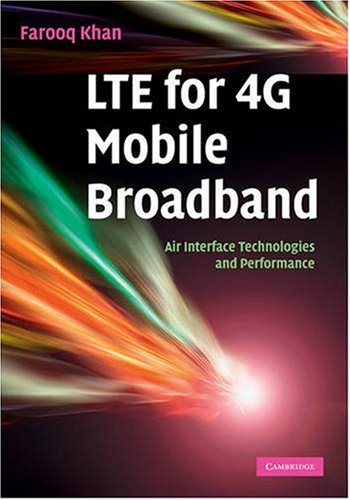
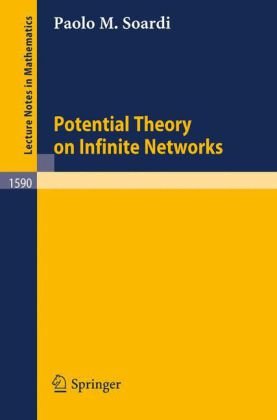

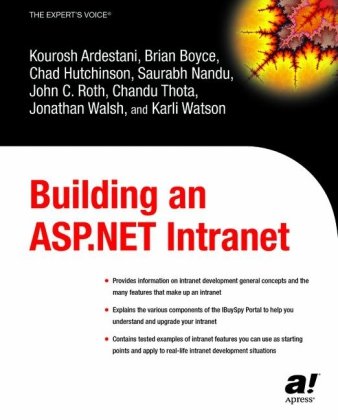
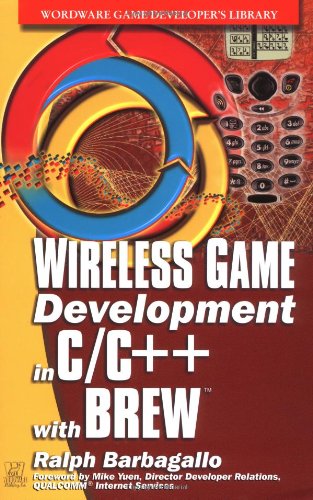
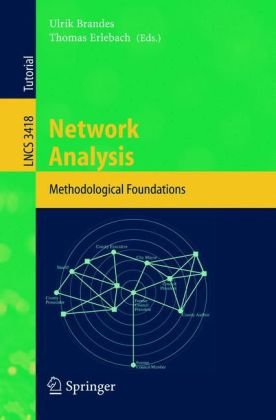
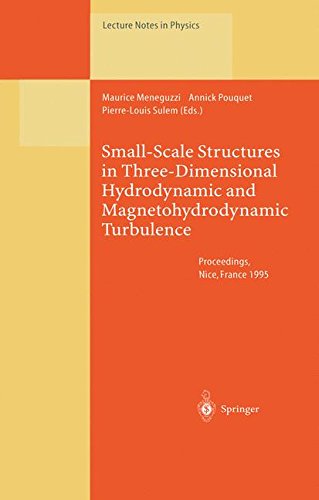
Reviews
There are no reviews yet.